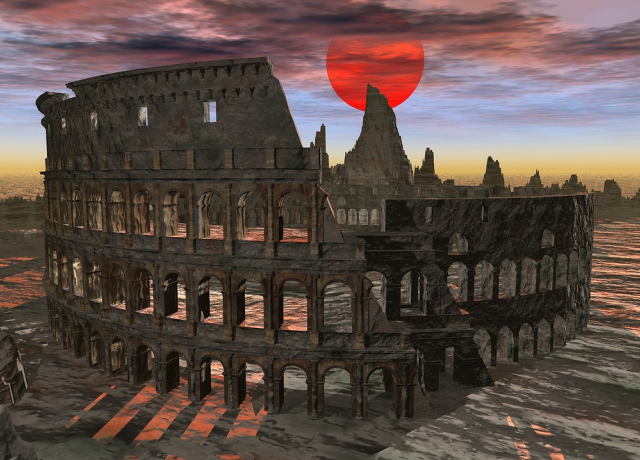2 Millennia of Europe’s Cultural Heritage to be Virtually Recreated
2 Millennia of Europe’s Cultural Heritage to be Virtually Recreated
Have you ever wondered how your street looked like 500 years ago? How would you like to see kilometres of archives from Europe’s largest museums coming to life?
If you have ever dreamt of going back through time to visit historic sites and places, an international collaborative project is working to make it possible with digitisation. Through the collaboration of over 170 cultural and historic institutions from 32 countries in Europe, The Time Machine FET Flagship aims to build a comprehensive map of Europe’s cultural heritage through 2000 years of history.
Supported by the European Commission through Horizon 2020 grants, the project is using digitisation and artificial intelligence to build a Large Scale Simulator of Europe’s historic and cultural locations, recreating one city at the time. The overall goal is to offer a comprehensive map of European cultural heritage and enable citizens to virtually explore its richness.
Time Travel Reimagined

Presenting the creation and evolution of historic sites all across Europe, the project will provide a unique form of time travel. To achieve that, it will use comprehensive historic archives on one side, and the latest data collection and processing technologies, on the other.
The process of mapping and recreating the history of Europe will rely on big data usage and processing, as well as advanced simulation technologies and visual algorithms. The resources will be drawn from the large archives and collections of European museums, which will be brought to life in a remarkable new way.
Launched in 2016, the project started off with a historic recreation of Venice and its second phase will be dedicated to reconstructing Antwerp, Amsterdam, and other cities around Europe. Last week, it passed the Horizon 2020 first stage and is now in the planning and bidding stages for the second phase.
In relation to its significance for the preservation of Europe’s cultural heritage, Professor Frédéric Kaplan, Director of the École polytechnique fédérale de Lausanne Digital Humanities laboratory suggested that this could be a first step towards achieving a crucial goal not only for European cultural heritage, but that of the entire worlds.
Blending history and cutting-edge technologies, The Time Machine FET Flagship is one of the most forward-looking archive digitisation projects Europe has seen so far. It sets a valuable example of how history can be reinterpreted in the age of digitisation and aims to become a vital educational tool for people of all ages to explore and learn about Europe’s heritage.
